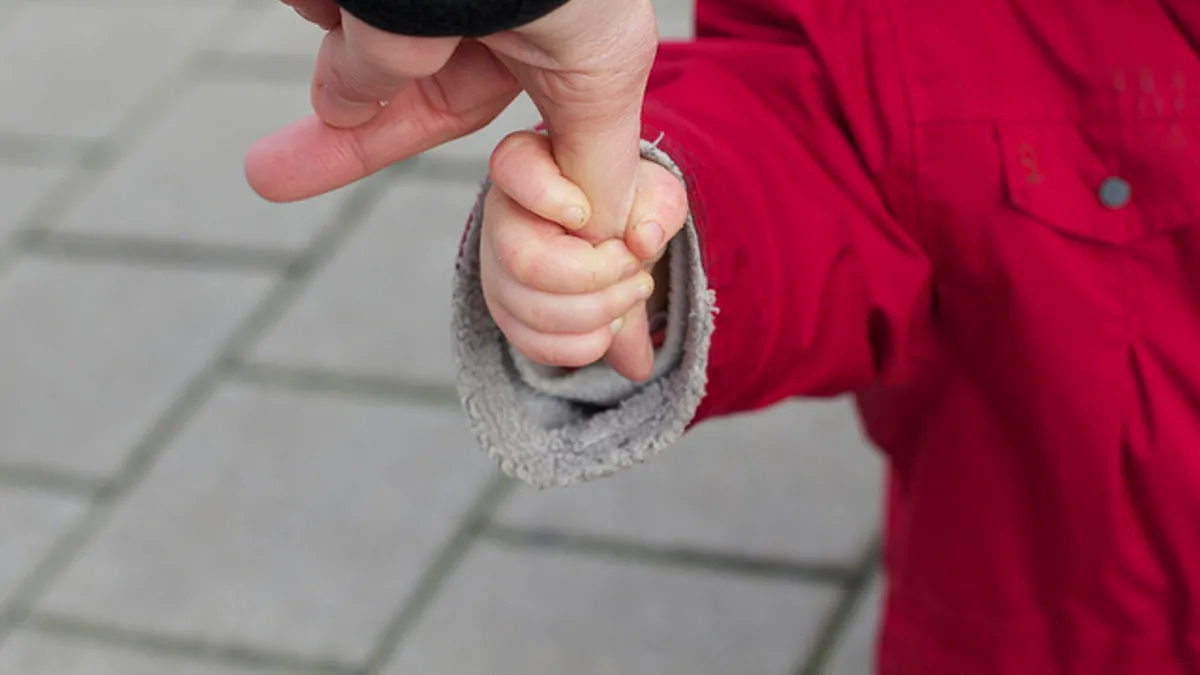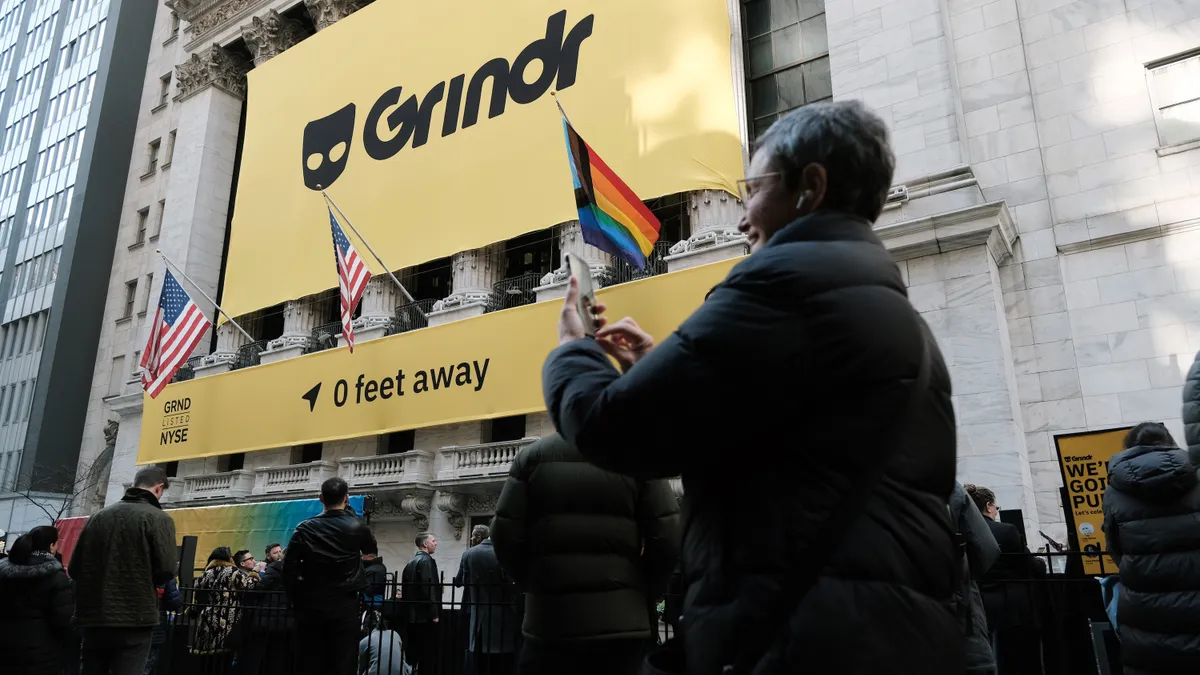If laws recently passed in New York and San Francisco are any indication, as well as the slew of private companies publically announcing their own paid leave plans, 2016 may be paid family leave’s year.
We asked experts what was to blame for the sudden interest in paid parental leave and many of them shared a similar answer: millennials. But many companies also see parental leave as the next big retention tool that will keep young talent in the fold and improve diversity programs.
Now that states and cities are making laws, HR will also need to consider new legal obligations when planning for parental leave. But the U.S. may also be entering a new realm of cultural expectations — one that will require companies to bend.
The call for flexibility
Millennials are the swiftly growing majority generation in the workforce and companies are adapting. But now that the law is starting to catch up, organizations will need to take stock of their current benefits and the concerns of their employees.
"I think from our perspective, one of the businesses we are in is to broker benefits to our clients so we are constantly looking at our benefits offerings," Theresa Schnelle, vice president of human resources for Lockton, said. Her company recently added 12 weeks of paid leave for primary caregivers and four weeks for secondary caregivers. "We feel like parental leave is leading edge and the right thing to do."
Like many experts interviewed, she said their millennial employees had an effect on their decision, but largely because millennials are largely beginning families now. Others, including Jim Bartolomea, director of human resources at Intensity Corporation, noted that millennials tend to have higher expectations for work-life balance.
"I do worry quite a bit," he said. "We have a high percentage of millennials here and I do think their expectations around work-life balance, especially around a life event like this, are very different than the generations in the past."
But such attitudes toward work-life flexibility can go both ways. Bartolomea noted that more firms need to start thinking about re-entry programs as part of parental leave programs in order to accommodate expectations and stanch losses. Companies in high growth mode that require more intense workdays particularly need to consider such a program.
"Thirteen to 14 hour work days are not an ideal for a parent," he said. "You don't want to lose your great employees over that."
Such programs can work at companies that are more established, too. At Lockton, one associate took her maternity leave and returned part-time, at three days per week.
"I didn't lose a valued and trained associate, and she gets to be a mom in a way that meets her definition of it," Schnelle said. "I know we are seeing more and more of that."
These programs help retain mothers in particular, as they may be faced with new demands on their time and expense that could force them to decide between keeping the job or quitting to become a full-time caretaker – not great news for companies struggling to attract and retain women.
The legal dilemma
San Francisco's new parental leave law, passed at the beginning of April, exemplifies the potential struggle employers may face. California already allowed employees to take six weeks off paid at 55% of their pay for 6 weeks, funded by an employee-financed public disability insurance program. But San Francisco's law mandates full pay for the 6 weeks, and that employers must make up the 45% difference.
"San Francisco is always sort of at the forefront at employment policies," Ryan McCoy, attorney at Carothers DiSante & Freuedenberger, told HR Dive. "Not that long ago you'd think San Francisco would be the only place with mandatory healthcare and now it is a national law."
San Francisco is also in a unique position as a city that harbors a large chunk of the tech sector, which has largely promoted paid leave programs. But it could be a problem for companies who have satellite offices in the city. The current law will eventually ask companies that have 20 or more workers to adopt the plan — but this may count companies that have small offices in San Francisco and the rest of their workforce elsewhere.
In short: You could have five employees in San Francisco, but if you have 100 in New York, the law could see that as 105 employees and require the company to comply with the law.
"It's a logistical nightmare in some respects," McCoy said.
What employers should do now
McCoy's advice: Just prepare for it, especially if your organization is in a city or state with recent parental leave laws. Currently there are no projections for a federal paid leave law, but that could change after the election.
"We are highly recommending organizations consult with an attorney to ensure they comply with the law so they have the correct policies in place," McCoy said.
Many companies may just now be starting to consider paid parental leave programs. Current leave trends average out at about six weeks, Schnelle said. Paternity leaves specifically for fathers are also gaining ground, which "culturally weren't as accepted in the past," she added.
Lockton opted for a primary and secondary leave program to avoid making such delineations and to include other family leave situations, including adoptions. Indeed, many companies now are focused on trying to be fair to both parents and many situations.
"It's not enough to live by the letter of the law," said Bartolomea.
But cost does matter, he added. Companies should ensure their programs support workers in a way that helps them get the rest they need but also assists them returning to work appropriately. For smaller companies in particular, having an employee out can be difficult. But having a culture that encourages employees to help each other goes a long way.
"If we take care of our associates," Schnelle said, "they will take care of our business."























